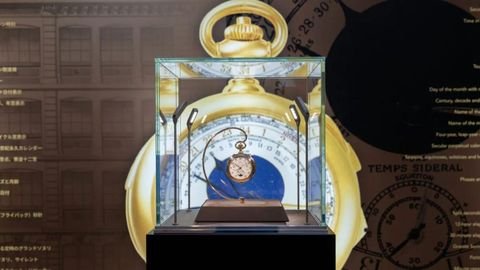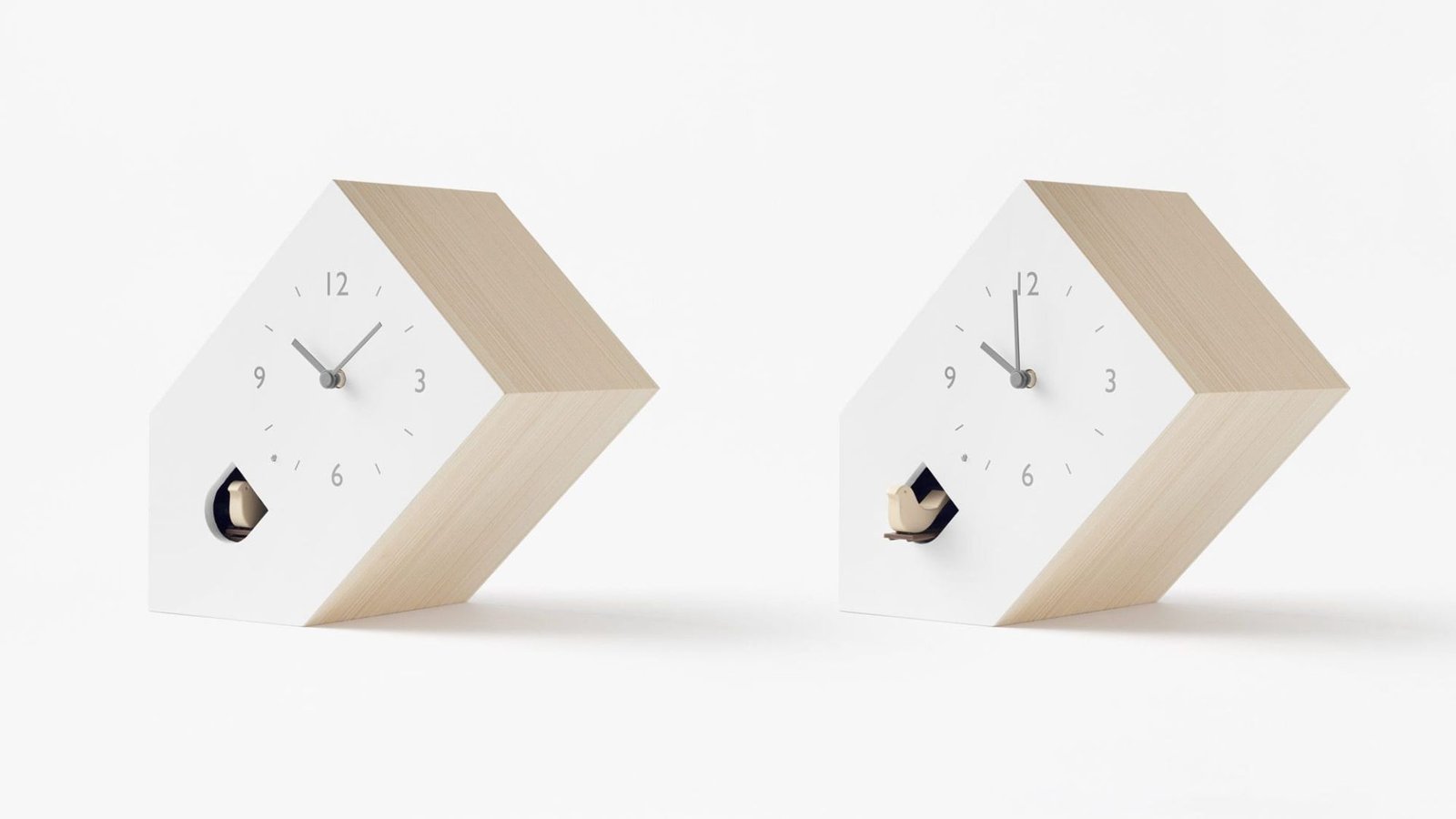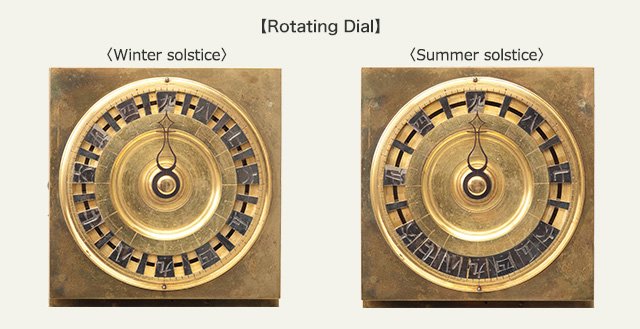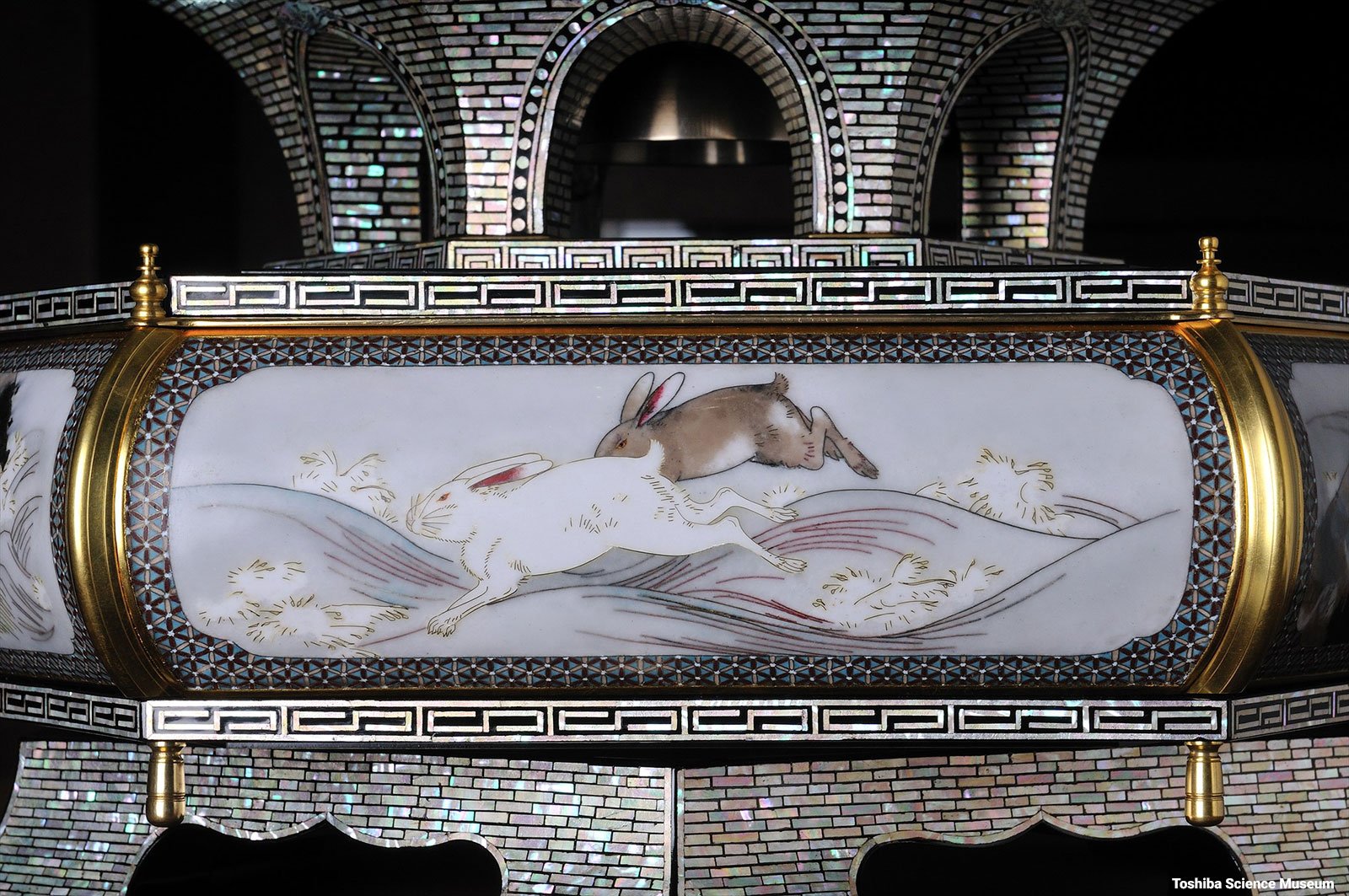Historical Context
Early Introduction to America
Introduction in the Late 19th Century: Japanese clocks began appearing in American collections during the late 19th and early 20th centuries. This period marked a significant phase of cultural exchange between Japan and the United States.
Cultural Exchange: The introduction of Japanese clocks was part of a broader trend of importing Japanese art and artifacts. These clocks were admired for their intricate designs and advanced craftsmanship, capturing the interest of American collectors.
Growing Popularity
20th Century Influence: By the mid-20th century, Japanese clocks gained popularity in American homes and collections. This was due to a growing appreciation for Japanese art and the increasing availability of Japanese imports.
Collector’s Market: The collector’s market in America recognized the value of Japanese clocks for their aesthetic appeal and historical significance. This led to the inclusion of these timepieces in both private collections and public exhibits.
Design and Craftsmanship
Distinctive Features
Traditional Japanese Design: Japanese clocks often feature traditional designs such as ornate carvings, lacquer finishes, and intricate dials. These elements reflect the rich cultural heritage of Japan and contribute to their unique appeal.
Mechanical Excellence: The precision engineering of Japanese clocks, including manual and quartz movements, is highly regarded. The craftsmanship involved in creating these clocks showcases a high level of skill and artistry.
American Adaptations
Cultural Fusion: In American collections, Japanese clocks are often displayed alongside American and European timepieces. This juxtaposition highlights the diverse influences and the fusion of different cultural aesthetics.
Customized Displays: American collectors may adapt the presentation of Japanese clocks to fit their personal tastes or the themes of their collections. This can involve integrating Japanese clocks into Western-style interiors or using them as focal points in eclectic displays.
Cultural Significance
Symbolism and Appreciation
Symbol of Refinement: Japanese clocks are often seen as symbols of sophistication and refinement in American collections. Their inclusion represents a broader appreciation for Japanese culture and craftsmanship.
Historical Value: For many collectors, Japanese clocks hold historical value as artifacts of a specific era of cultural exchange. They serve as tangible links to the past and reflect the evolving relationship between Japan and the United States.
Educational Impact
Cultural Education: Japanese clocks in American collections provide educational opportunities for visitors and enthusiasts. They offer insights into Japanese art, technology, and history, fostering a deeper understanding of cross-cultural influences.
Exhibitions and Museums: Museums and exhibitions featuring Japanese clocks often highlight their significance in the broader context of cultural exchange. These displays educate the public about the craftsmanship and historical background of these timepieces.

Collecting Japanese Clocks
Collectors’ Interest
Diverse Collectors: American collectors are drawn to Japanese clocks for various reasons, including their artistic beauty, mechanical precision, and historical significance. Collecting Japanese clocks can be a rewarding pursuit for those interested in horology and cultural artifacts.
Market Trends: The market for Japanese clocks in America continues to evolve. Collectors seek out rare and well-preserved examples, driving demand for these timepieces and influencing their value.
Preservation and Restoration
Care and Maintenance: Proper care and maintenance are crucial for preserving Japanese clocks in American collections. This involves regular cleaning, professional servicing, and careful handling to ensure their longevity.
Restoration Practices: Restoring Japanese clocks requires expertise in both Japanese clockmaking and American restoration techniques. Skilled restorers work to maintain the original character and functionality of these timepieces.
Conclusion
Japanese clocks in American collections represent a beautiful fusion of cultures, reflecting both the artistry of Japanese craftsmanship and the evolving relationship between Japan and the United States. Their distinctive design, mechanical excellence, and cultural significance make them valuable additions to collections. By appreciating and preserving these timepieces, American collectors contribute to the ongoing appreciation of Japanese art and history.





Auf der Website bieten wir Casinospiele von verschiedenen Herstellern an, veröffentlichen deren Demoversionen und schreiben eine
ehrliche Bewertung. Um einen Bonus zu erhalten, musst du keinen Rolling Slots Casino Bonus Code eingeben. Du kannst andere Bonusangebote in Anspruch nehmen, inklusive eines Willkommensbonus-Pakets für die ersten vier Einzahlungen. Positiv zu erwähnen ist auch der überaus freundliche Kundendienst, der zwar nicht ständig in Deutsch
verfügbar ist, aber professionelle Hilfe bietet.
Rolling Slots überzeugt mit einer riesigen Spielauswahl, bei der jeder das passende Spiel finden wird.
Im Shop kannst du deine Münzen gegen Bonusgeld und Freispiele eintauschen.
VIP-Kunden können Free Spins über die unterschiedlichen Level erhalten. Damit die Freispiele vergeben werden, muss die
Einzahlung 50 Euro betragen. Freispiele werden im VIP-Status
bereits ab dem zweiten Level vergeben. VIP-Kunden erhalten zudem Free Spins entsprechend dem VIP-Level.
Neukunden können sich beim Willkommensbonus bis zu 310 Free Spins
sichern. Damit der Neukundenbonus zum Tragen kommen kann, gibt es Bedingungen, die zu erfüllen sind.
Platinum- und Diamond-Spieler erhalten beispielsweise jede Woche bis zu 15 % Cashback, besondere Geschenke zu wichtigen Terminen und schnellere Hilfe
in mehr als einer Sprache. Als VIP-Mitglied erhalten Sie mehr
als nur ein Statusabzeichen, wenn Sie dem
Rolling Slots Casino Elite Club beitreten. Mit jedem Schritt erhalten Sie noch mehr Vorteile und
personalisierte Belohnungen, wie z. Während Sie das Spiel
durchgehen, erhalten Sie regelmäßig Überraschungen sowie Einladungen zu
Veranstaltungen in Deutschland.
References:
https://online-spielhallen.de/verde-casino-online-spielen-bonus-spiele-erfahrungen/
Die Eröffnung der Riviera, zusammen mit The Dunes und den Royal Nevada
Casino Resorts innerhalb eines Monats waren Gegenstand einer berühmten Ausgabe des Life Magazins, am 20.
Die Riviera wurde zu einem der ältesten und bekanntesten Casino Resorts in Las Vegas Valley.
Liberace schnitt das Eröffnungsband und wurde der erste ansässige Performer.
Marx Brothers Harpo und Gummo hatten bei der Eröffnung Minderheitsbeteiligungen. Das Hotel hatte mehr als 2.100 Zimmer, weniger als die Hälfte
davon in einem 23-stöckigen Turm. Es war zuletzt im
Besitz der Las Vegas Convention and Visitors Authority, die
beschloss, es abzureißen, um Platz für den Las Vegas
Global Business District zu schaffen.
1988 wurde der 24-stöckige Monaco-Tower fertiggestellt und
verdoppelte die Zimmerzahl auf 2100. Im Jahr 1975 wurde der 17-stöckige Monte-Carlo-Tower hinzugefügt.
Die Komiker Harpo und Gummo Marx, bekannt als Marx Brothers hielten ebenso wie
Entertainer Dean Martin einmal finanzielle Anteile
am Hotel. Das Riviera war das erste mehrstöckige
Gebäude am Las Vegas Strip mit neun Stockwerken.
References:
https://online-spielhallen.de/24-casino-deutschland-ein-tiefenblick-fur-spieler/
Du kannst als Bestandskunde nicht nur an Turnieren teilnehmen, sondern auch Missionen vervollständigen und dabei bis zu 120 Freispiele erhalten. Der Bonus
muss innerhalb von 14 Tagen 45-fach umgesetzt werden, um
das Guthaben freizuspielen. Hierbei kannst du insgesamt 150% bis
zu 1.000€ und 150 Freispiele erhalten. So werden Spieler, die lieber mit digitaler Währung spielen, separat belohnt.
Die Firma bietet eine riesige Auswahl an Casino Rocket Slots für jeden Spielertyp.
Diese Spielautomaten bieten innovative 3D-Grafiken und einzigartige Animationen, die ein immersives Spielerlebnis ermöglichen. Diese Slots bieten Jackpots, die mit jeder Wette wachsen, bis
ein Spieler den riesigen Hauptgewinn knackt.
RocketPlay ist ein führendes live dealer casino mit
einer großen Auswahl an live dealer games, darunter beliebte Klassiker und spannende neue
Formate. So wird das Live Casino spielen bei RocketPlay zu einem echten Highlight für alle, die Wert auf Qualität, Unterhaltung und Sicherheit
legen. Die Verbindung von Interaktion, Spannung und Komfort macht Live Casino spielen zur ersten Wahl für viele Casino-Fans
in Deutschland und Österreich. Ob Sie ein erfahrener Spieler sind oder
zum ersten Mal ein Casino online besuchen – Live Casinos bieten für jeden das
passende Angebot und machen das Spielen zu einem besonderen Erlebnis.
Auf der anderen Seite empfehlen wir Casino Rocket nicht für Spieler, die an großzügigen Boni,
nachsichtigen Einsätzen, Sportwetten und Bonuseinsätzen interessiert sind, die in Live-Casinos und Tischspielen gelöst
werden können.
References:
https://online-spielhallen.de/1go-casino-mobile-app-dein-umfassender-spielpartner/